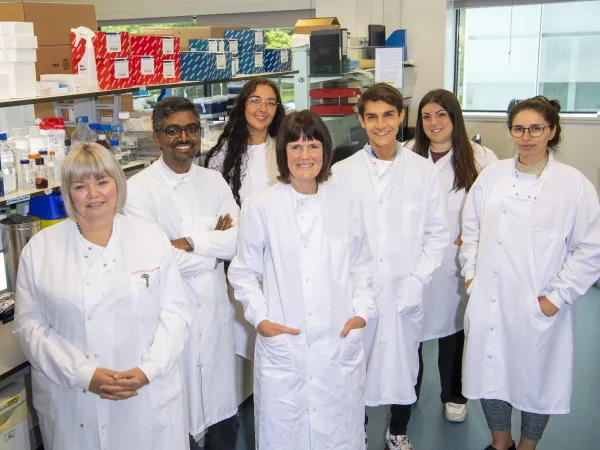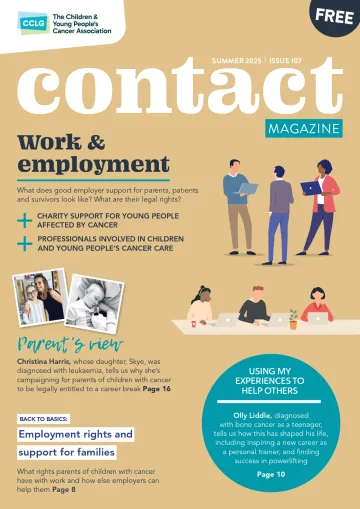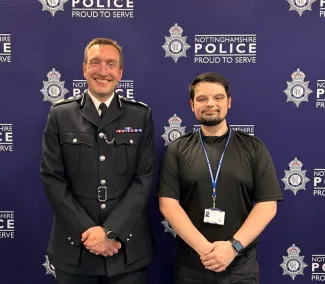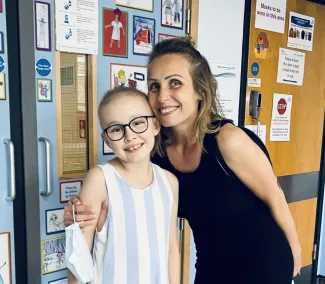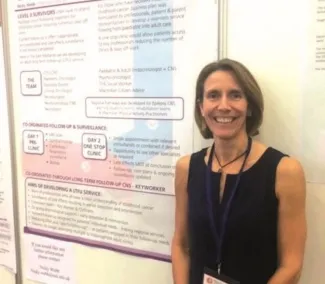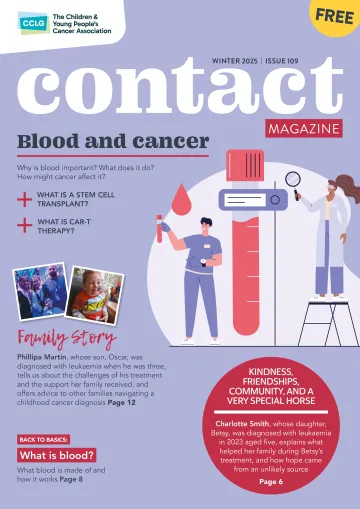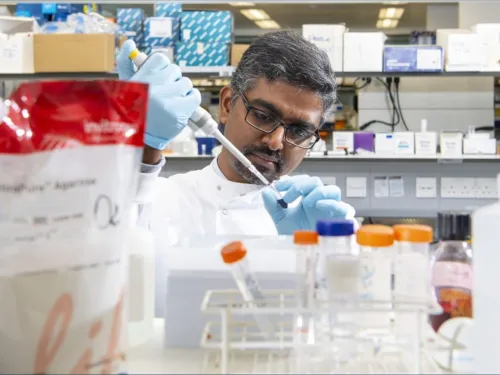Cure rates for childhood acute lymphoblastic leukaemia (ALL) have steadily risen and over 90% of children are cured. However, the treatment needed to cure patients can have lots of side effects. We need to do research to better understand, and reduce, the side effects of our life-saving treatments.
One of the most common side effects that patients experience is problems with brain function. Sometimes called ’chemo-brain‘, we see this in many cancer types. In childhood ALL, we know that about one-third of survivors have some problems with learning, memory and the ability to carry out everyday tasks. We really don’t understand why some children have limited or no problems with brain function after treatment, while one-third have chemo-brain. There is even less information for teenage and young adult patients, so we don’t know much about how badly chemo-brain affects them.
What we’re doing
In our research, we want to understand more about the causes and how to prevent chemo-brain. Patients and their families have highlighted the impact of chemo-brain on their quality of life. If we can find out why some children and young people have problems and others don’t, we might unlock new treatments or be able to prevent it from happening in the first place.
Until now, it has been quite difficult, costly, and labour-intensive to measure brain function, using tests that are a bit like sitting a school exam. In the BRAIN project, we'll use a new computer programme that's easier, quicker and more patient-friendly. It involves a series of card games, mazes and matching games, lasting 15-20 minutes. The tests vary according to the patient’s age and are suitable for patients aged four years and over. The programme has been designed to test the areas most commonly affected by chemo-brain.
With the improved test, we can start to look at large numbers of patients. In this study, we'll offer the test to all our patients on one of the largest international leukaemia trials in the world – called ALLTogether1. This will allow us to uncover the common features of patients who have signs of chemo-brain, compared to those who don’t. It will also show if there are differences in the rate of chemo-brain between children, teenagers and young adults. This will help us better understand the causes, which could help us treat it.
What’s next?
There are quite a few different treatments that show promise for chemo-brain in early trials, and we hope that our results will identify the best potential treatments to test in our future research (potentially starting by 2030). Results from the BRAIN study will be key in identifying which patients are at risk of chemo-brain early on before the damage is severe. We can then offer the new treatment to only the patients who need it.
The BRAIN team is so grateful to be given this opportunity. Most cancer research funding goes on fi nding new treatments, but we think it's also really important that children who are cured of leukaemia grow up happy and healthy with no long-term side effects. It's families and supporters that champion this type of research, and we couldn’t do it without them. I want to thank them all – they're such an important part of this team effort.
From Contact magazine issue 107 | Summer 2025

